Def Leppard’s 1987 album Hysteria became the group’s second masterpiece following Pyromania. While the latter raised the bar for British heavy metal, the former fused pop with metal and then perfected the combination. Together with Guns N’ Roses’ iconic debut, Appetite For Destruction, Hysteria represented the artistic peak of 80s glam metal. And the album’s final single, “Rocket”, offers a glimpse of how Def Leppard got there.
Videos by American Songwriter
About “Rocket”
“Rocket” began with an African drum pattern inspired by “Burundi Black” by French pianist and composer Michel Bernholc. (Bernholc used the pseudonym Mike Steiphenson, though “Burundi Black” is credited to Burundi Steiphenson Black.)
The Burundi drummers on Bernholc’s track were sampled from a 1967 recording captured by anthropologists in the East African country.
Joe Elliott heard “Burundi Black” in Holland and couldn’t get the beat out of his head. He said it reminded him of Gary Glitter’s “Rock ’n’ Roll (Part 2)”. The band chose “rocket” for the hook because it “fit the sort of space-age sound that had developed over this African drum loop.”
“Jack Flash, Rocket Man
Sergeant Pepper and The Band
Ziggy, Benny and the Jets
Take a rocket, we just got to fly.”
But Elliott thought David Bowie had already “done the space thing to death.” So he proposed writing a song about what shaped them as children. The verses reference Def Leppard’s musical heroes, including Bowie, Queen, Elton John, The Beatles, The Rolling Stones, and Chuck Berry, among others.
“And obviously there’s artistic license with a few people who weren’t part of our musical DNA,” Elliott said, referring to The Stranglers’ drummer Jet Black.
“Jet Black, Johnny B
Jean Genie, Killer Queen
Dizzy, Lizzy, Major Tom
So come on, we just got to fly.”
“Satellite Of Love”
Def Leppard’s stadium hook is easy to learn: “Rocket, yeah!” However, the smeared vocal that follows might be hard to distinguish for some. Barely audible through the filtered voices is the line: “Satellite of love.”
It’s the title of Lou Reed’s second single from his 1972 glam rock classic, Transformer.
Def Leppard rose to fame amid the rise of 80s hair metal. But the band’s glam connections are closer to Bowie, Reed, and T. Rex than Mötley Crüe or Ratt. Speaking of DNA, “Armageddon It” shares its building blocks with T. Rex’s “Get It On”.
Part of what made Hysteria a masterpiece was Def Leppard’s musical range and the chances they were willing to take. Like Bowie’s glam period, Def Leppard’s album feels celestial, massive, and occasionally disorienting. “Rocket” reflects on the past, then redirects its gaze into the future.
Beyond the hit songs, what’s most impressive about Hysteria is that it still sounds modern after nearly 40 years. “Rocket” became one of many massive singles from the album. And it describes how each musician reached their collective stardom.
Photo by Andre Csillag/Shutterstock

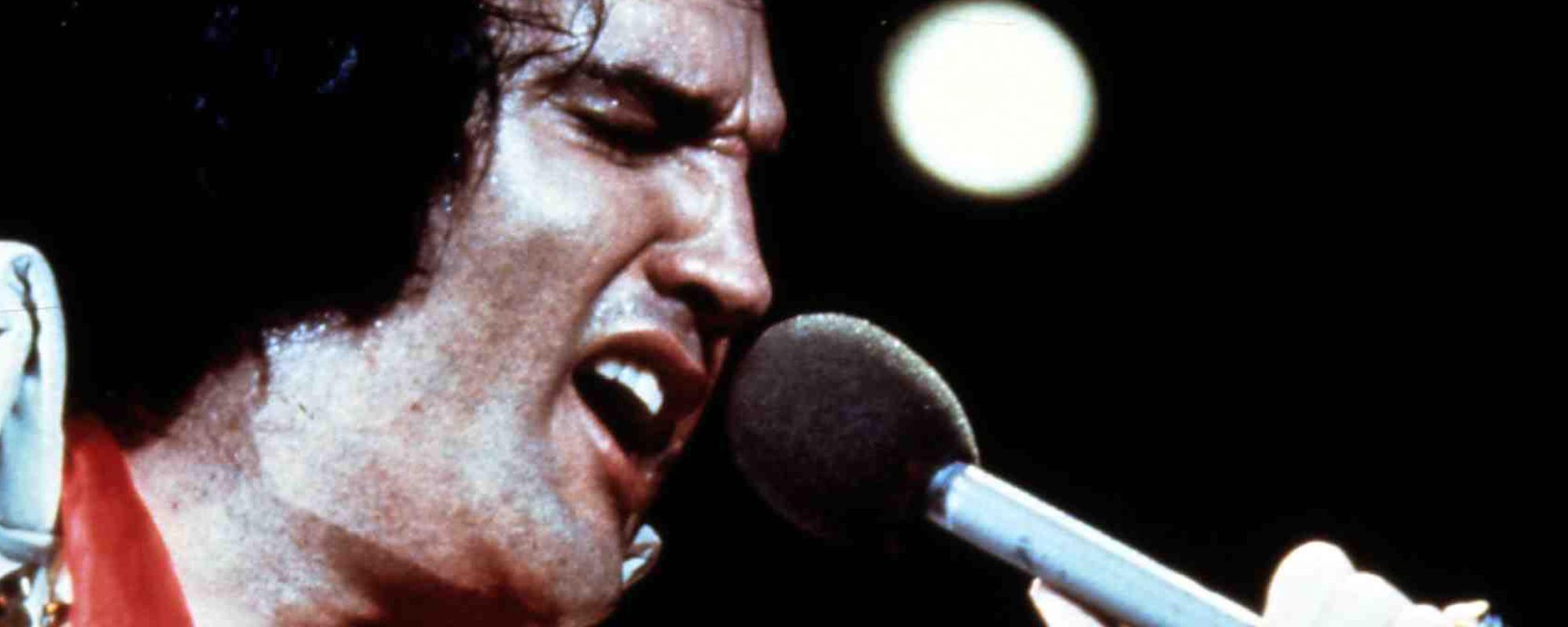
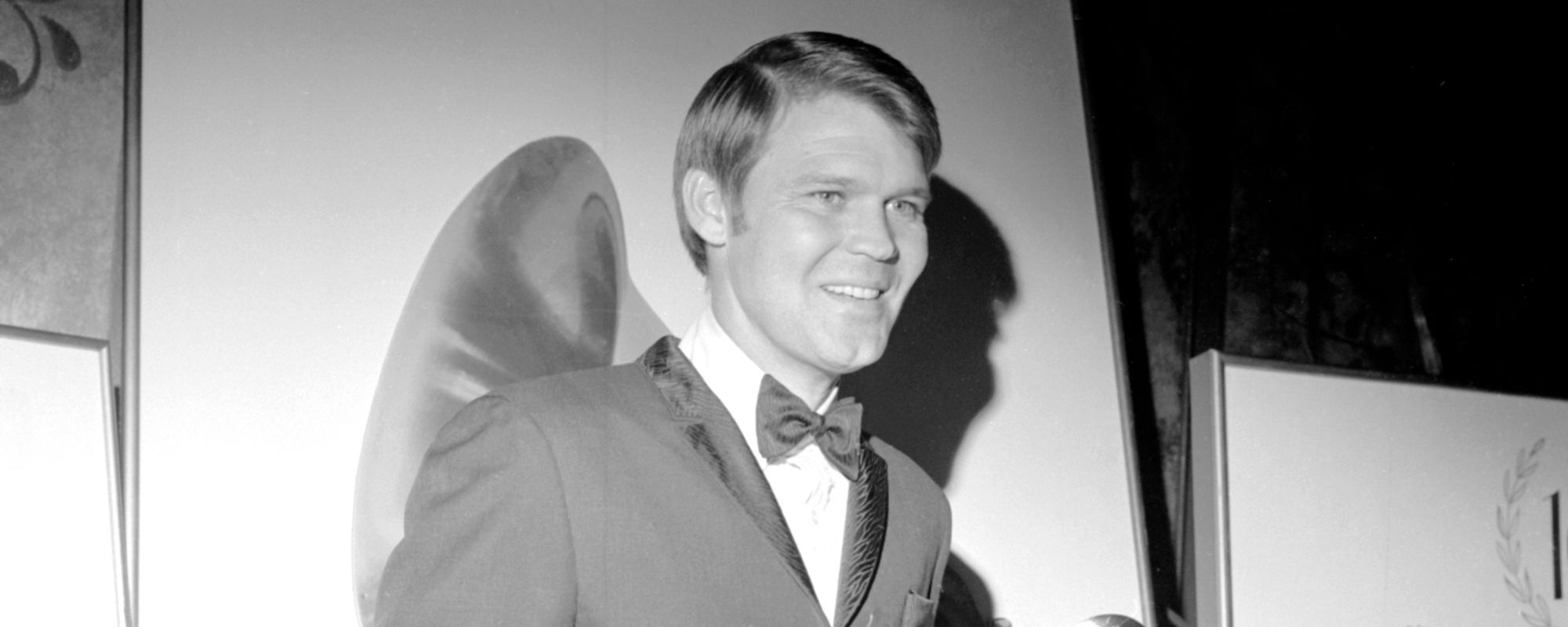
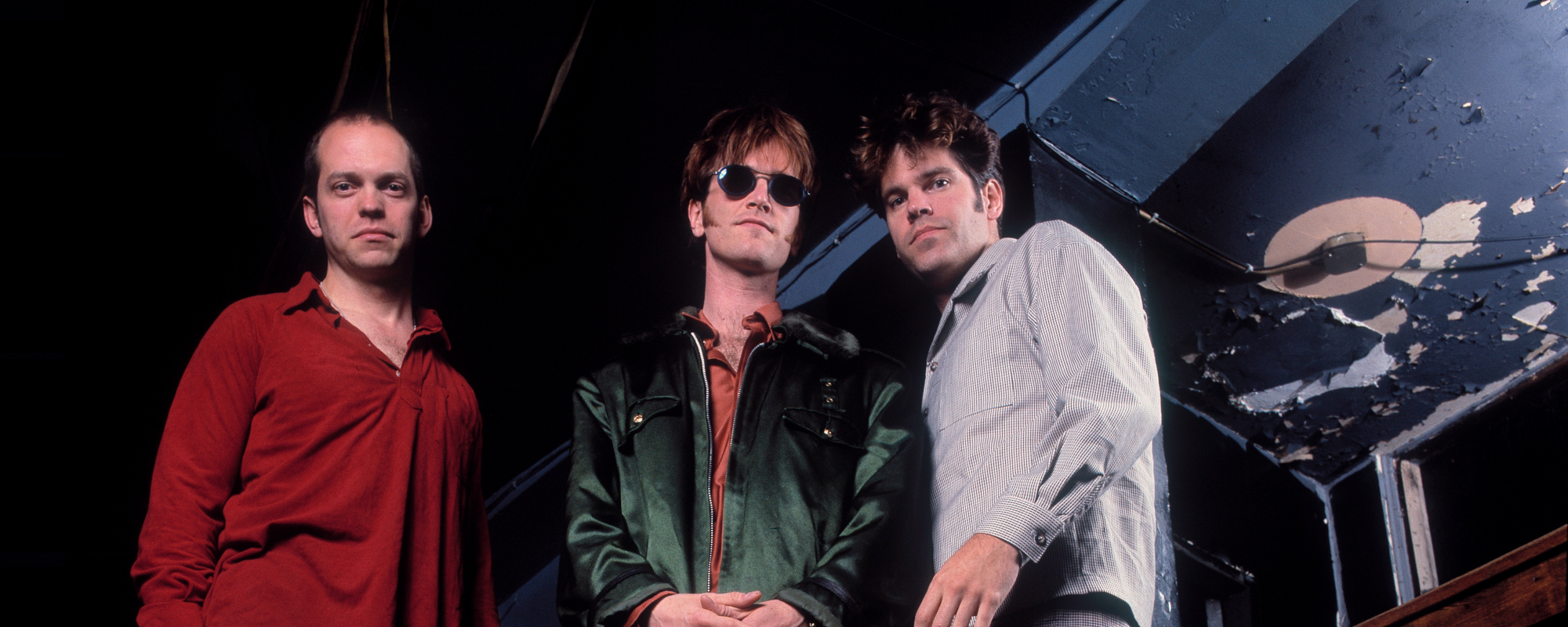
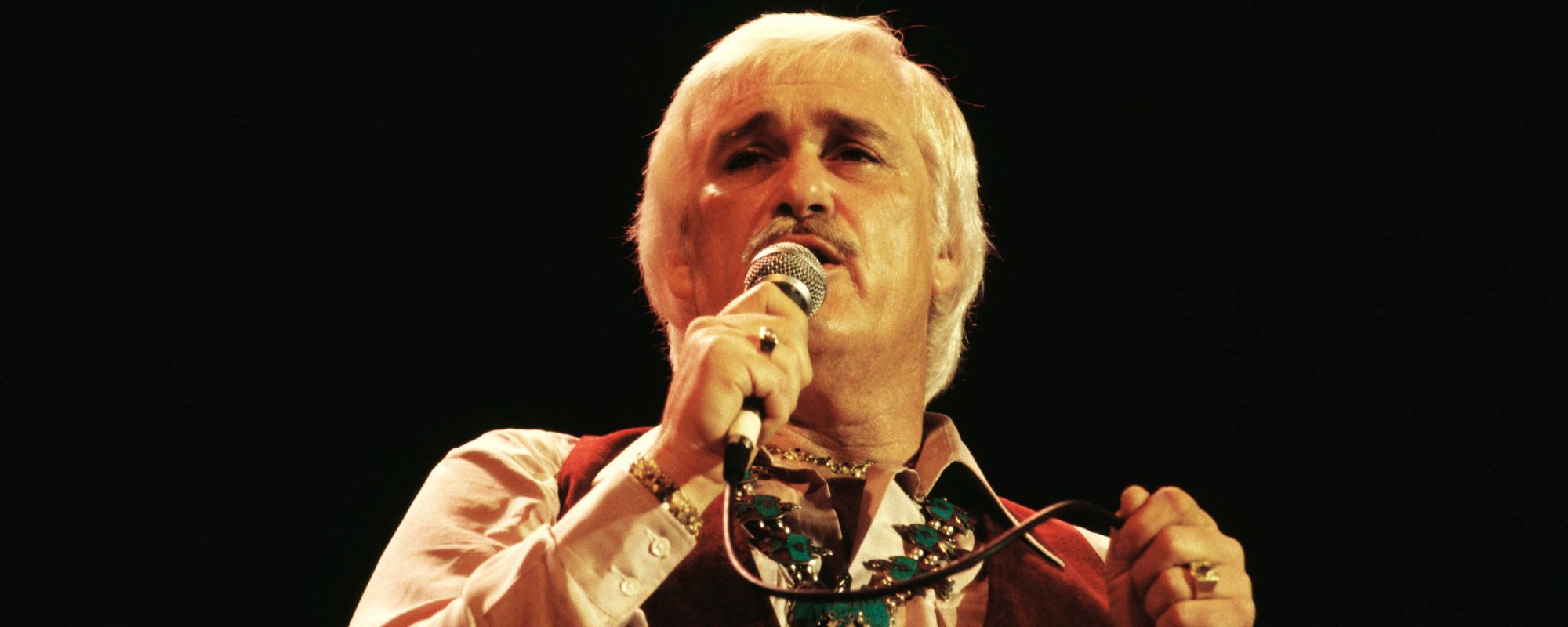
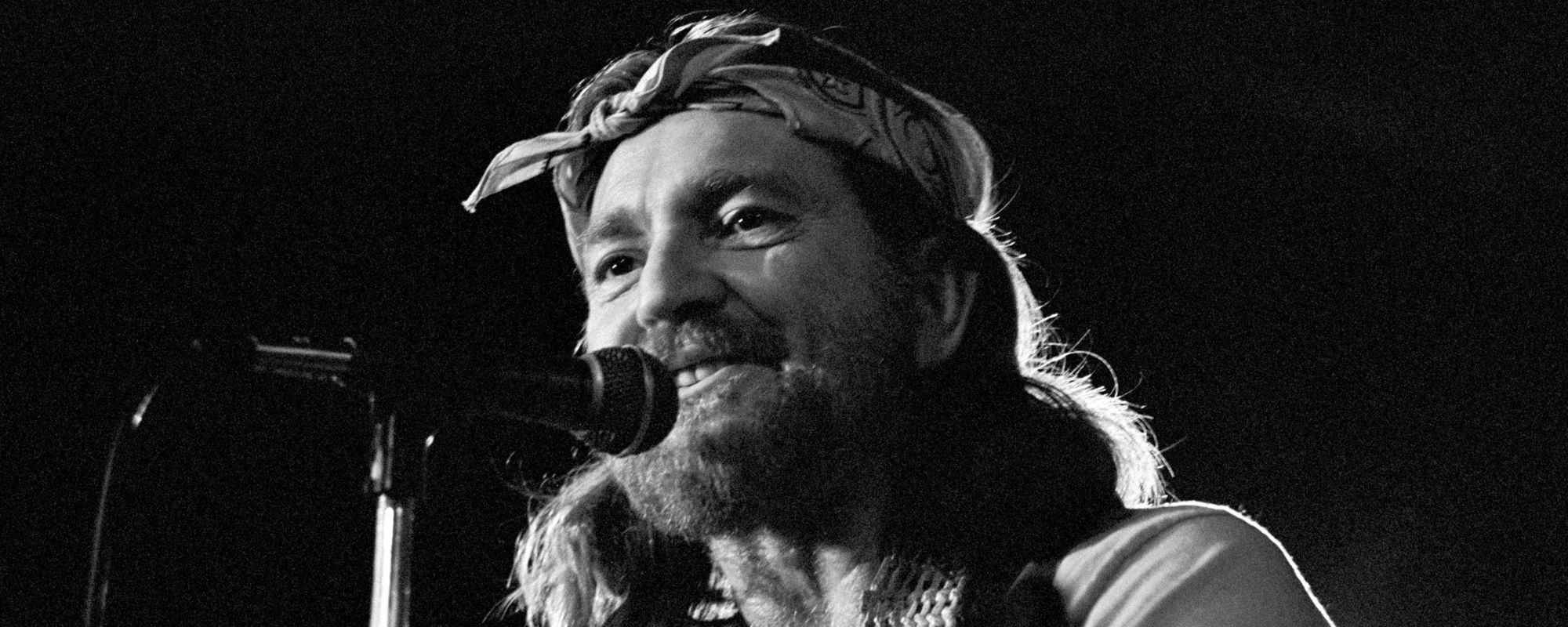

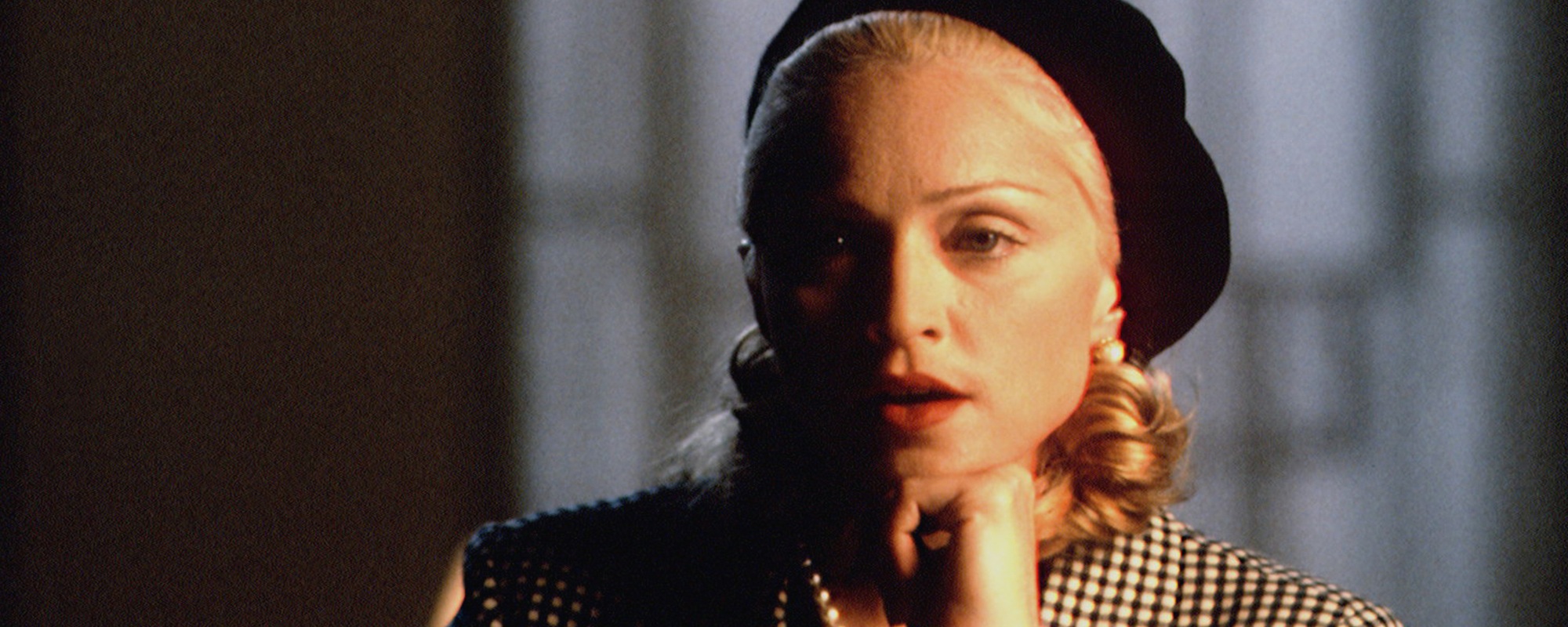
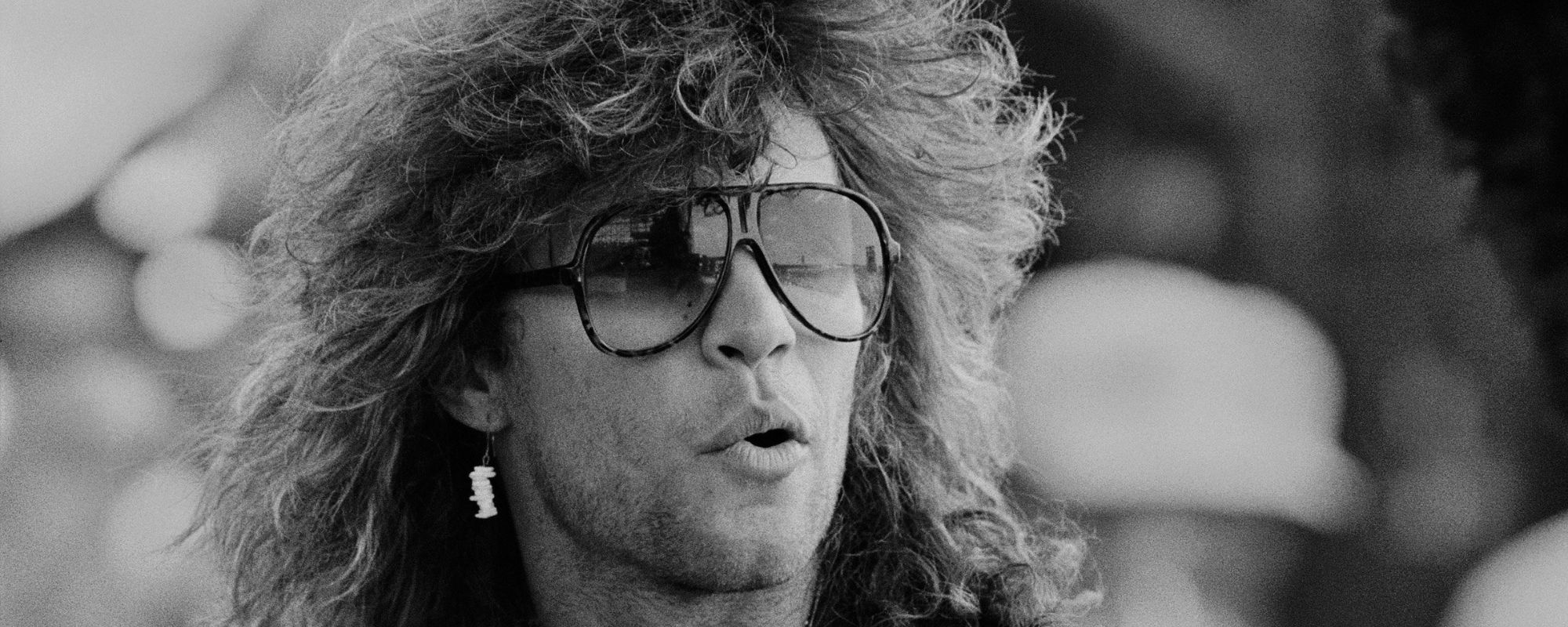
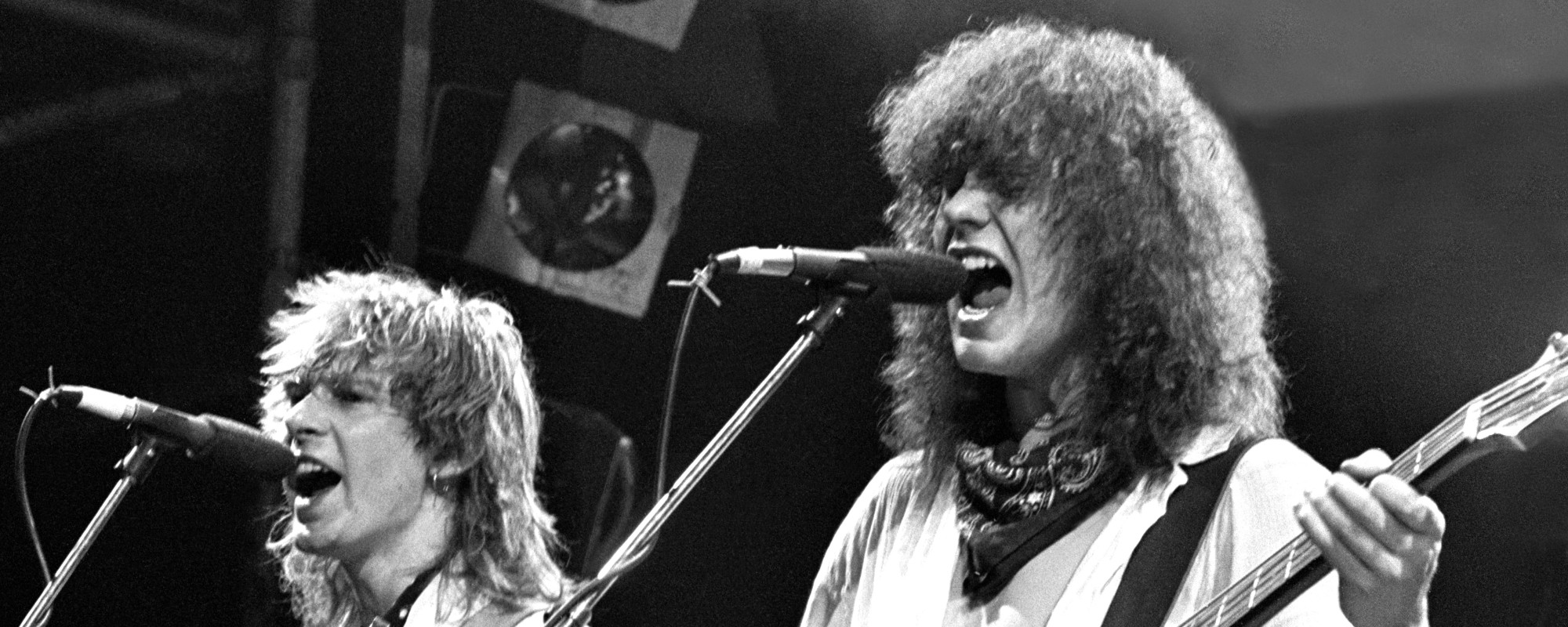
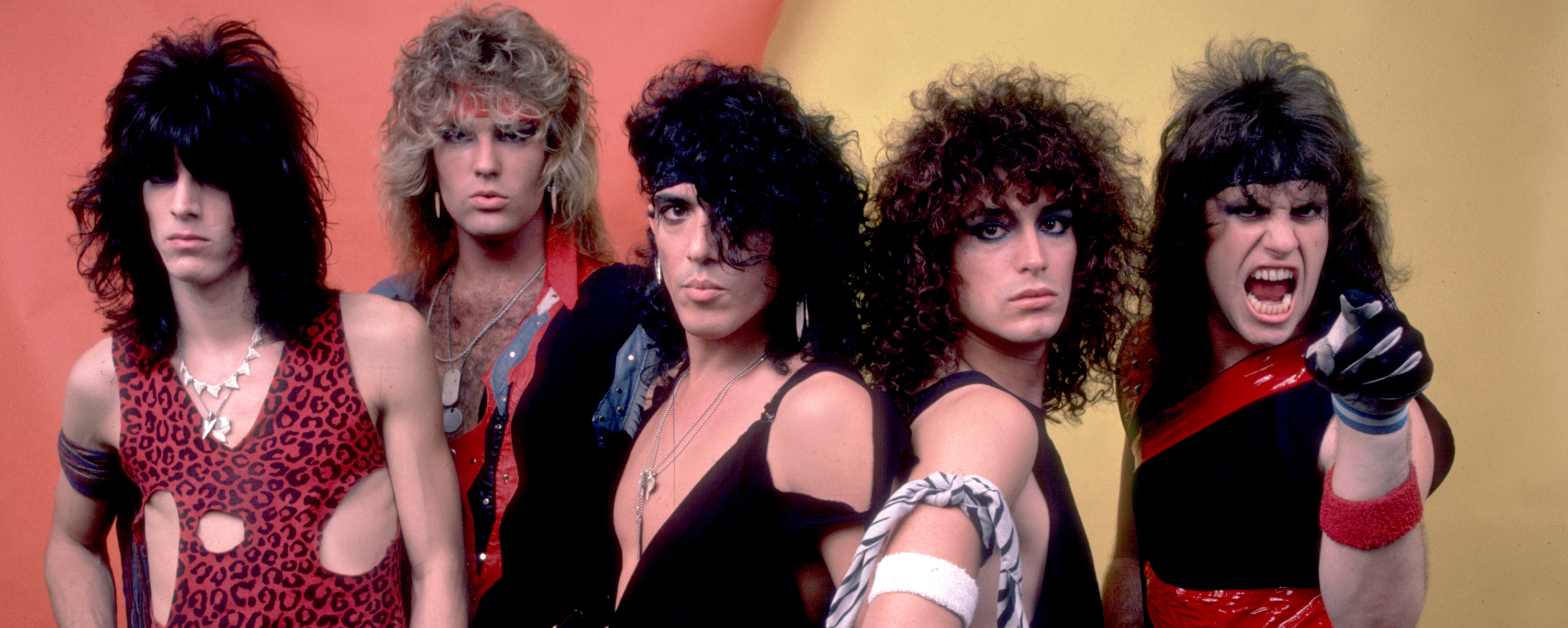
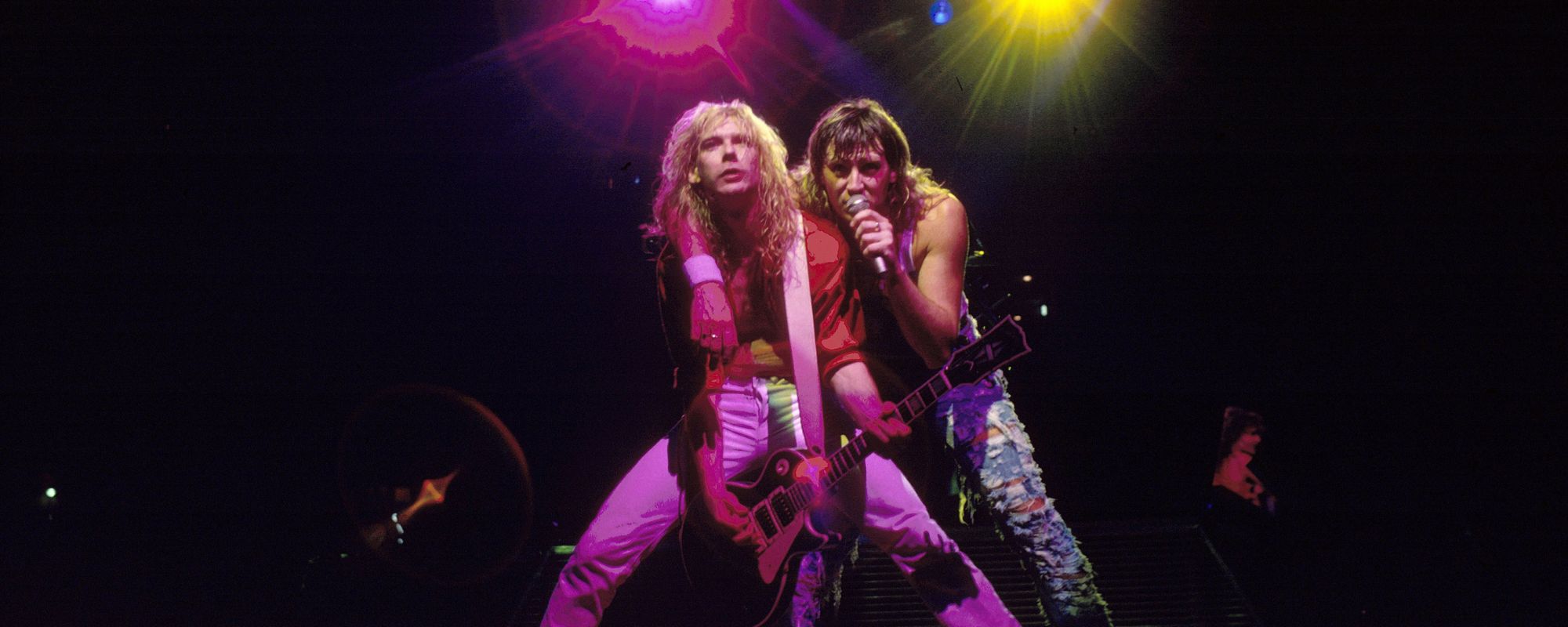

Leave a Reply
Only members can comment. Become a member. Already a member? Log in.